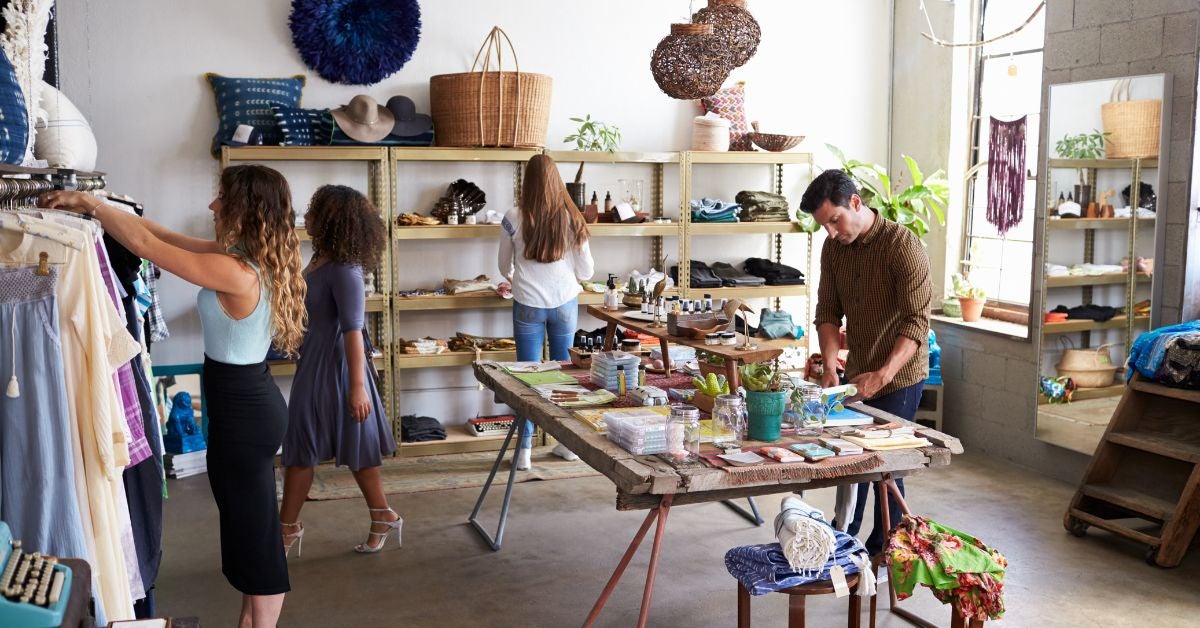
Designing a boutique layout directly influences your customer experience and sales. Knowing the key layout mistakes to avoid when designing your boutique can determine whether shoppers linger or leave. And it all comes down to how you decide to place and organize items in the space. Learn how to spot these mistakes and set your store up for success.
Headline Layout Matters
A headline layout is your first impression on customers. This includes elements like window displays, end caps, and feature tables. These capture customer attention and highlight promotions. Poor headline layouts can confuse or overwhelm visitors. Inconsistent fonts on signage and cluttered designs can detract from your boutique’s appeal. Go for a clear and consistent brand image to draw attention to key promotions and sections.
Subtle consistency tells visitors your space is professional. Keep headlines cohesive and aligned with your overall theme. Clear, engaging headline displays encourage exploration and positively impact the shopping experience.
Space Utilization Strategies
Every square foot counts in a boutique. From the front door to the inventory room, the space has to stay efficient and focused on giving customers the best experience. Making sure everything in the storeroom has a place will keep things running smoother.
Optimizing the use of the space will help you avoid key layout mistakes when designing your boutique. Consider how to prevent crowding in the jewelry cases and keep the area by the window from looking too empty. Balance sets customers at ease. Cluttered cases overwhelm customers, while empty spaces might feel neglected. Strive for an organized yet inviting setup.
Show off the products you’re most excited about and allow customers to shop comfortably. Proper space allocation helps with seamless flow and maximizes sales opportunities. By distributing items evenly, you maintain a visually pleasing atmosphere.
Effective Pathways and Flow
Guide customers through your store. Pathways should be intuitive and unobstructed while allowing people to spot items they hadn’t noticed before. Avoid complex layouts that hinder navigation. Instead, design paths that naturally lead customers through key sections.
A well-planned flow ensures every corner of your boutique receives attention, boosting both sales and customer satisfaction.
Lighting and Ambience
Lighting sets the tone of your boutique. Dimly lit areas may appear uninviting, while overly bright sections make people want to leave. Use lighting to highlight products and create a welcoming ambience.
Use adjustable lighting solutions. Highlight focal points like displays and new arrivals with spotlighting. This adds drama and draws attention to featured items.
By avoiding common layout pitfalls, you can transform your space into a welcoming and profitable environment. Assess your boutique’s design and consider making adjustments as needed.
449 Views












